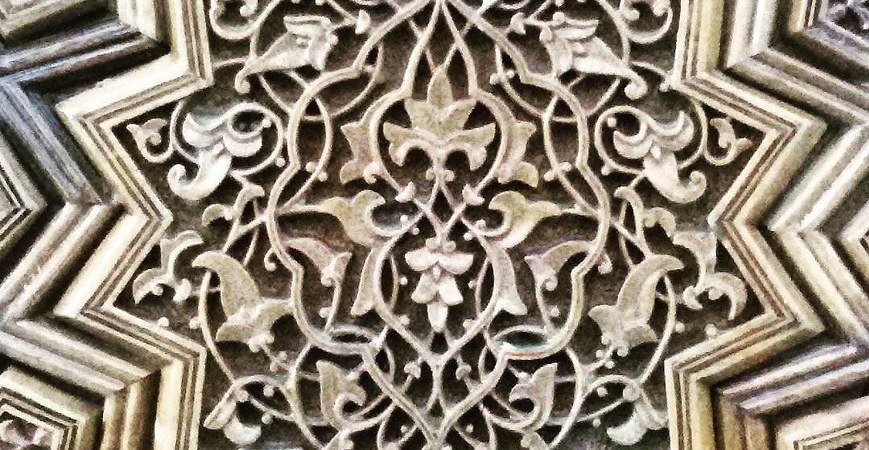Aksehir Museums in Konya,
Aksehir Ataturk and Ethnographic Museum
The Aksehir Ataturk and Ethnographic Museum is housed in the historical Western Front Headquarters Building, which until recently was used as the Aksehir Municipal Offices. it was opened to the public in 1966.
For nine months from November 18, 1921, Aksehir Municipal building was used as the Western Front Headquarters, and it was here that the decision for the Great Attack was taken. After the Liberation War was over the building was returned to the Municipality which affixed plaques indicating the rooms used by Ataturk, Inonu and Asim Gunduz, and preserved the room in which the decision to mount the Great Attack was taken in its original state, opening it to the public. When Aksehir Municipality moved to a new building in 1964 the Municipal Council decided to turn the building over to the Ministry of Education. It was repaired and converted into the Ataturk and Ethnographic Museum and opened to the public on July 5, 1966.
The ground floor consists of an entrance hall, administrative offices, an archive a depot, and an exhibition room. The museum contains Ataturk’s sword, rapier, Carbine, boots, a field cutlery set, and clothes. Ataturk’s room where the order for the Great Attack was given on August 20, 1922, contains the original desks, other furniture, a telephone and various souvenirs. The other rooms contain either original furniture of the period or reproductions. The museum also contains objects and photographs from the Western Front during the Liberation War, and an archive is being built up containing documents concerning Ataturk. The other rooms of the museum are devoted to famous people from Aksehir, such as S. Mahmud Hayrani, Nasreddin Hoca, Sinaneddin-i Aksehir’i, Seyyad Hamza etc., examples of ethnographic objects from Aksehir, manuscripts, and other historical items.
Museum of Stone Masonry in Aksehir
The Aksehir Museum of Stone Masonry was opened to the public in 1961 in the Sahip Ata Medrese, which is also called the Stone Medrese. The Medrese was built in 1250 by the Seljuk Grand Vizier Sahip Ata Fahreddin Ali. It is the ‘open’ courtyard type of medrese. In the courtyard of the Medrese and the vault domed rooms are exhibited inscriptions, grave steles, and building stones, from the Roman and Byzantine periods, and gravestones, inscriptions and building stones from the Seljuk and Ottoman periods. Among the finest works in the museum are the pictorial gravestones from the Seljuk period. The garden contains inscribed and decorated gravestones of artistic value found in Aksehir.



































































































































